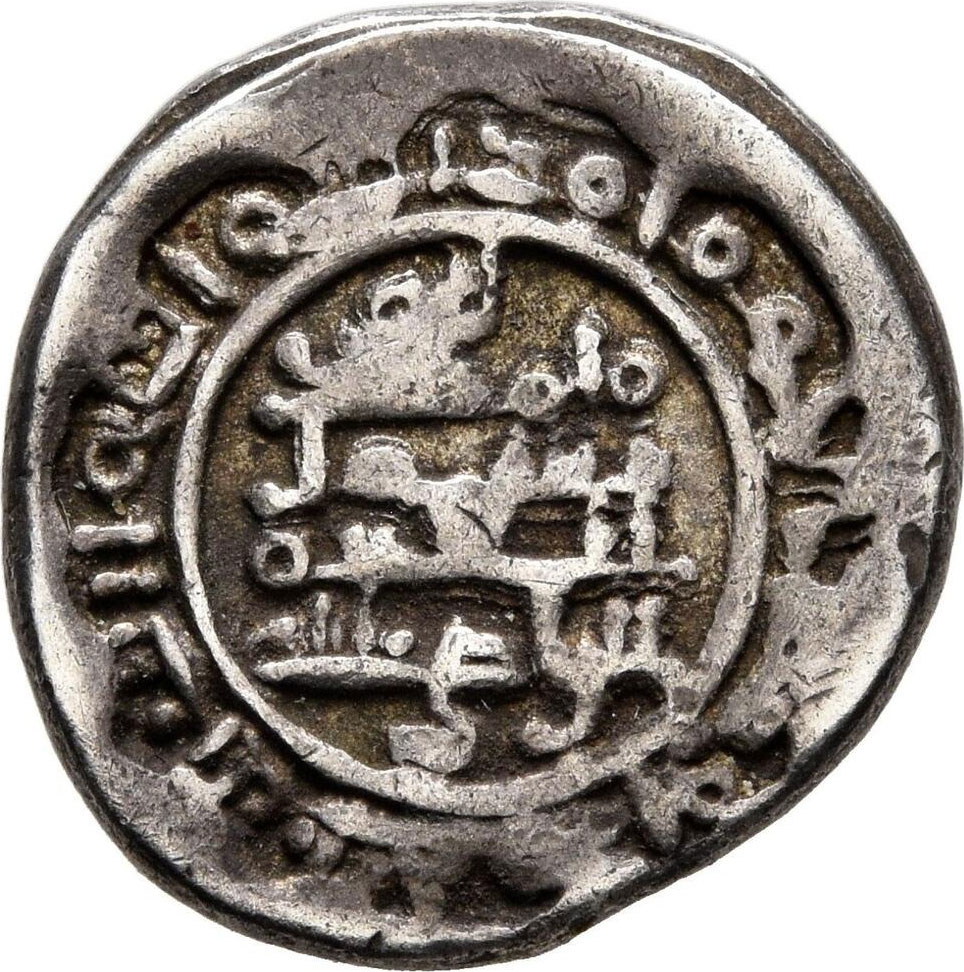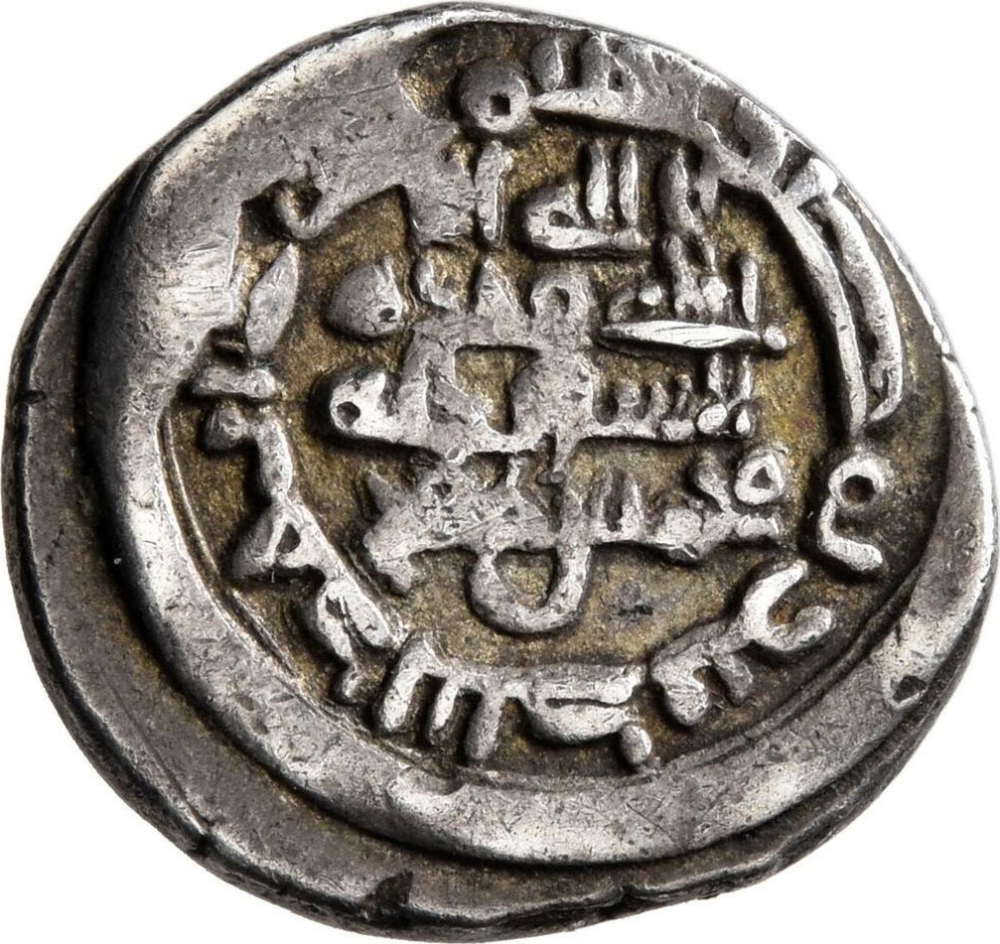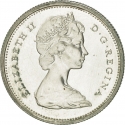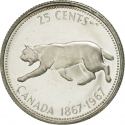You are about to finish your registration. Please check your mailbox (including spam folder). There should be a letter with a confirmation link. Check setting to make sure that your e-mail address is correct.
Send letter againDescription
These coins (Donative Dirham) were struck for special purposes, usually for presentation by rulers to notables and visiting dignitaries. They are known as presentation coins, largess coins, or donatives, of which the last term is my choice in most cases. Many were of the large module with especially fine calligraphy, often with pictorial designs as well. Others were small fractions, finely engraved, intended for distribution to the general populace, somewhat like the Maundy coins of England.
The Abbasid Caliphate (Arabic: الْخِلَافَةُ الْعَبَّاسِيَّة) was the third caliphate to succeed the Islamic prophet Muhammad. It was founded by a dynasty descended from the prophet's uncle, Abbas ibn Abdul-Muttalib (566–653 CE), from whom the dynasty takes its name. They ruled as caliphs for most of the caliphate from their capital in Baghdad in modern-day Iraq, after having overthrown the Umayyad Caliphate in the Abbasid Revolution of 750 CE (132 AH). The Abbasid Caliphate first centered its government in Kufa, modern-day Iraq, but in 762 the caliph Al-Mansur founded the city of Baghdad, near the ancient Babylonian capital city of Babylon. Baghdad became the center of science, culture and invention in what became known as the Golden Age of Islam. This, in addition to housing several key academic institutions, including the House of Wisdom, as well as a multiethnic and multi-religious environment, garnered it a worldwide reputation as the "Center of Learning".
Abu'l-Abbas Ahmad (Muhammad) ibn Ja'far al-Muqtadir (909–940), usually simply known by his regnal name al-Radi bi'llah, romanized: al-Rāḍī bi'llāh, lit. 'Content with God'), was the twentieth Caliph of the Abbasid Caliphate, reigning from 934 to his death. He died on 23 December 940 at the age of 31. His reign marked the end of the caliph's political power and the rise of military strongmen, who competed for the title of amir al-umara.
The Ikhshidid dynasty was a Turkic mamluk dynasty that ruled Egypt and the Levant from 935 to 969. Muhammad ibn Tughj al-Ikhshid, a Turkic Mamluk soldier, was appointed governor by the Abbasid Caliph al-Radi. The dynasty carried the Arabic title "Wāli" reflecting their position as governors on behalf of the Abbasids. The Ikhshidids came to an end when the Fatimid army conquered Fustat in 969. The Ikhshidid family tomb was in Jerusalem.
Obverse

|
Depicts the inscriptions in Arabic "Muhammad is the Messenger of God” and “He sent him with guidance and the true religion", "For God", "Muhammad is the Messenger of God” and "Al-Radi billah", محمد رسول الله ارسله بالهدى ودين الحق |
|---|---|
Reverse

|
Depicts the inscriptions in Arabic "In the name of God, This dirham was struck in Misr (Egypt)", “There is no god but God alone / He has no associate" and "Muhammad bin Tughj". بسم الله ضرب هذا الدرهم بمصر |
| Edge |




_Pence_50/2024_24.05.2024_14.37-125.jpg)
_Pence_50/2024_24.05.2024_14.37_01-125.jpg)
_Dollars_20/Ultra_High_Relief_Double_Eagles_2009_20.11.2016_21.51-125.jpg)
_Dollars_20/Ultra_High_Relief_Double_Eagles_2009_20.11.2016_21.51_01-125.jpg)